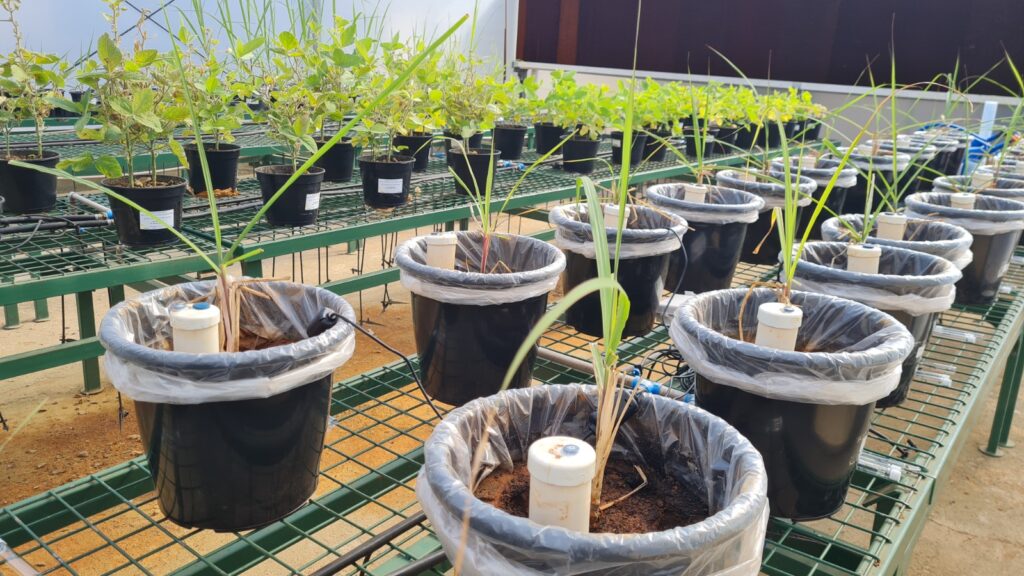Fernanda Palmeira Gabetto, Sarah Tenelli, Julia Barra Netto-Ferreira, Joaquim Martins Junior, Octávio Augusto Costa Almeida, Marcela Lamas Cosenza, Mathias Strauss, João Luis Nunes Carvalho
Abstract
The application of biochar may offer a cost-effective solution to decrease nitrous oxide (N2O) emissions in agriculture soils while having the potential to enhance soil carbon (C) accumulation. Biochar can be produced primarily from a range of agricultural and woody residual biomass, potentially resulting in biochar types with distinct properties. This study evaluated the effects of four different biochar types on soil N2O emissions, C storage, and diversity of the soil microbial community in a tropical environment. A greenhouse experiment with sugarcane plants was conducted with six treatments: soil only (CTR); soil + N fertilizer (NF); NF + sugarcane straw biochar (NF+SB); NF + sugarcane bagasse biochar (NF+BB); NF + Pinus residue biochar (NF+PB); and NF + eucalyptus residue biochar (NF+EB). Regardless of the origin of the feedstock, all biochar reduced the cumulative N2O emissions by 25% to 50% in comparison with the nitrogen-fertilized treatment. Only NF+EB registered higher N2O emissions than NF+SB. The feedstock material also influenced the chemical properties of biochar, showing a negative correlation between oxidized functional groups and N2O emissions. Variations in the physicochemical properties of biochar did not affect soil C levels or microbial diversity, as all treatments with biochar presented similar results. All biochar types increased soil C levels, but only those derived from wood residues showed higher C content than CTR and NF. Despite biochar having no effects on overall soil microbiome diversity, the amendment tended to increase the abundance of Bacteroidetes and Proteobacteria, while suppressing the ammonia-oxidizing phylum Thaumarchaeota. Biochar application had no significant effect on ammonium availability; however, it exhibited the capacity to retain nitrate. The application of biochar in tropical soils can therefore be considered a nature-based solution to decrease N2O emissions and increase C levels without changing microbial diversity.





